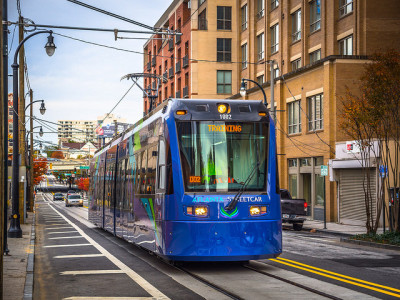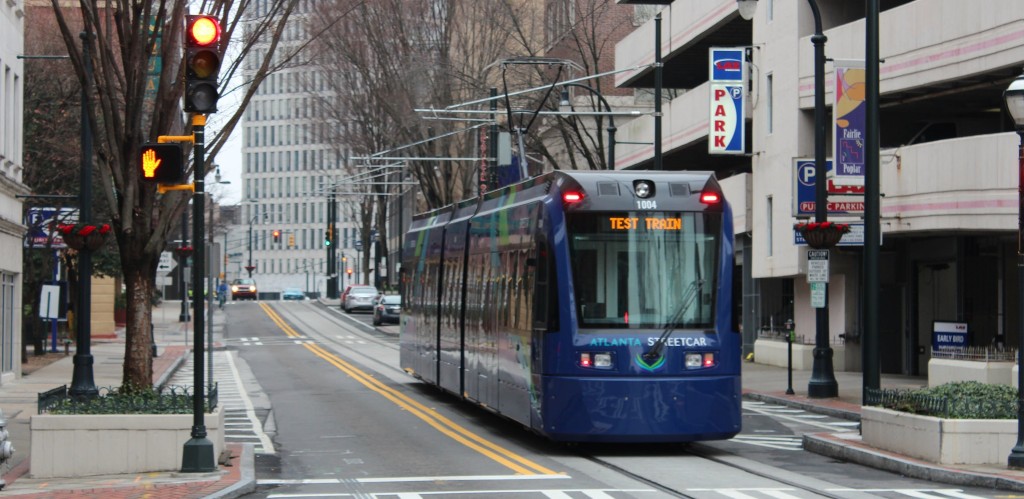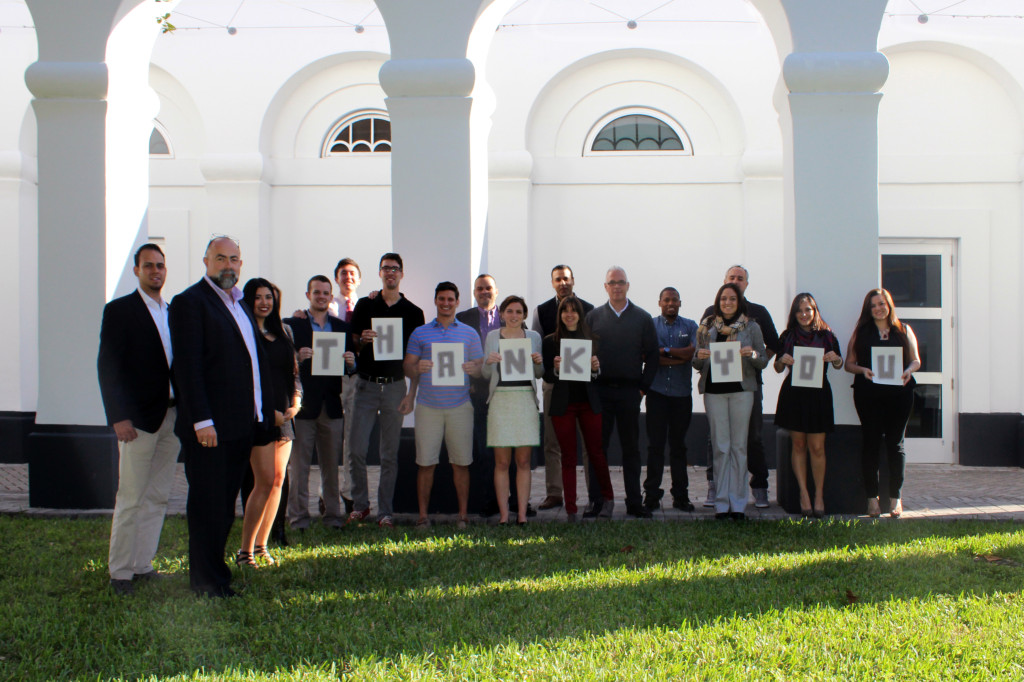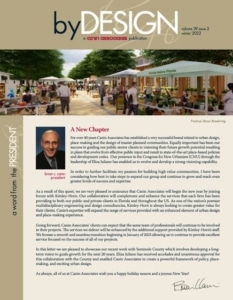Implementing Streetcars: Lessons from Atlanta
The streetcar fits a unique niche in our transportation system different from bus or light rail. It’s often described as an extension of the walking environment thanks to its ability to be used for short trips, while still connecting different neighborhoods within a city. However, as recent streetcar projects like the Downtown Loop in Atlanta have shown, their success requires patience.
Photo © Matt Johnson via flickr
When to Implement Streetcars
In late 2014, Atlanta joined a growing number of US cities to add the modern streetcar to their available transit options. For Atlanta, the new Downtown Loop is the city’s first line since the original streetcar system closed in 1949. In a recent New York Times article, Keith T. Parker, the Chief Executive of MARTA, was quoted saying this about the new three-mile line:
“These are not projects for right now. These are projects for the future, and when you look around, the cities who we’re competing with around this nation and around the world, they’ve made investments in public transportation.”
This sentiment mirrors what we wrote in our previous post on streetcars: they are community builders. More than a mode of transportation, they aid in neighborhood revitalization. This means that cities can implement streetcars at strategic times and for specific purposes: to encourage transit-oriented development in new communities, to spur investment in underserved areas, or to provide a much-needed transportation alternative in bustling urban areas. No matter when streetcars are implemented in a city’s timeline, it takes time for them to become integrated into the urban landscape and into the habits of local residents and visitors—especially in places new to this type of fixed transit.
Where to Implement Streetcars
So perhaps it’s the growing pains of implementing a streetcar route in an existing urban fabric that has caused mixed reviews for Atlanta’s Downtown Loop. One notable piece was written by Atlanta magazine’s own Rebecca Burns, who chronicled her commute to work for an entire week using the new line. In addition to observing Atlanta’s overall lack of transportation options once at work, Burns’ biggest frustration was the speed of the streetcar: the line operates in regular vehicular traffic. While her ride provided shelter from the elements and a chance to catch up on email, in an auto-centric city of nearly half a million people, sometimes sitting in gridlock remains a reality.
 Still, a streetcar that operates in a regular traffic lane is not doomed to fail. One benefit of mixing the streetcar with cars is the ability to use an existing street lane without having to remove it. Taking out auto travel lanes can be controversial or impractical in many locations and completely new rails require additional planning and funding. However, in congested areas, an exclusive lane will make service not only faster but also more reliable and therefore more usable by non-tourist travelers.
Still, a streetcar that operates in a regular traffic lane is not doomed to fail. One benefit of mixing the streetcar with cars is the ability to use an existing street lane without having to remove it. Taking out auto travel lanes can be controversial or impractical in many locations and completely new rails require additional planning and funding. However, in congested areas, an exclusive lane will make service not only faster but also more reliable and therefore more usable by non-tourist travelers.
Right now, the Atlanta Streetcar’s biggest challenge seems to be the need to prove its usefulness not only for tourists, but also for professional commuters, residents, and students. As the community grows around the new route and residents integrate it into their daily lives, the streetcar is sure to become an important cornerstone for downtown Atlanta.







